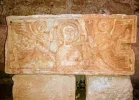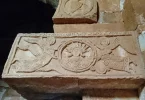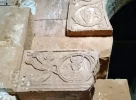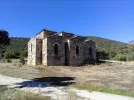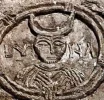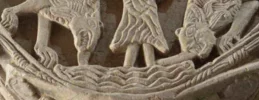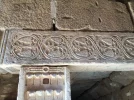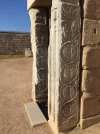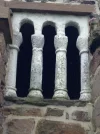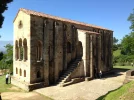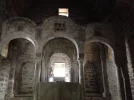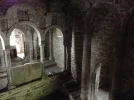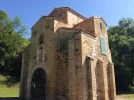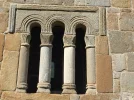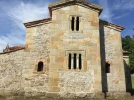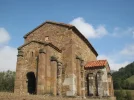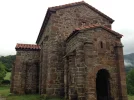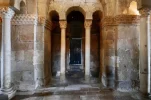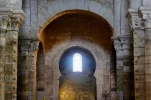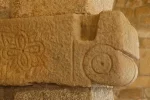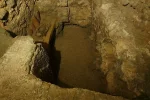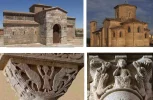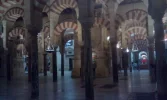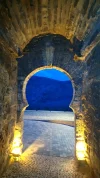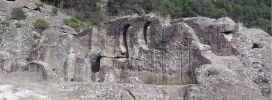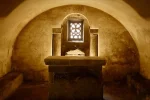- Time of past OR future Camino
- Most years since 2012
Here we go on a follow-up to the wildly popular thread on Romanesque architecture for beginners.
Remember - I know nothing about this, except what I write below. There are other members with similar lack of knowledge, who would like to learn something. Please try to help us rather than confuse us with too much detail.
To summarize the time period very roughly: The Visigoths were a Germanic people who entered the Iberian Peninsula in the 5th Century. About 300 years later, the Visigothic kingdom was conquered by the Muslim Umayyad Caliphate in the 8th Century AD.
So, what are the key identifying features of Visigothic architecture, and interesting examples along any of the Camino routes? What changes then took place in the Pre-Romanesque period?
We'll likely need another thread to address the overall Muslim influence on architecture in Spain.
Remember - I know nothing about this, except what I write below. There are other members with similar lack of knowledge, who would like to learn something. Please try to help us rather than confuse us with too much detail.
To summarize the time period very roughly: The Visigoths were a Germanic people who entered the Iberian Peninsula in the 5th Century. About 300 years later, the Visigothic kingdom was conquered by the Muslim Umayyad Caliphate in the 8th Century AD.
So, what are the key identifying features of Visigothic architecture, and interesting examples along any of the Camino routes? What changes then took place in the Pre-Romanesque period?
We'll likely need another thread to address the overall Muslim influence on architecture in Spain.







